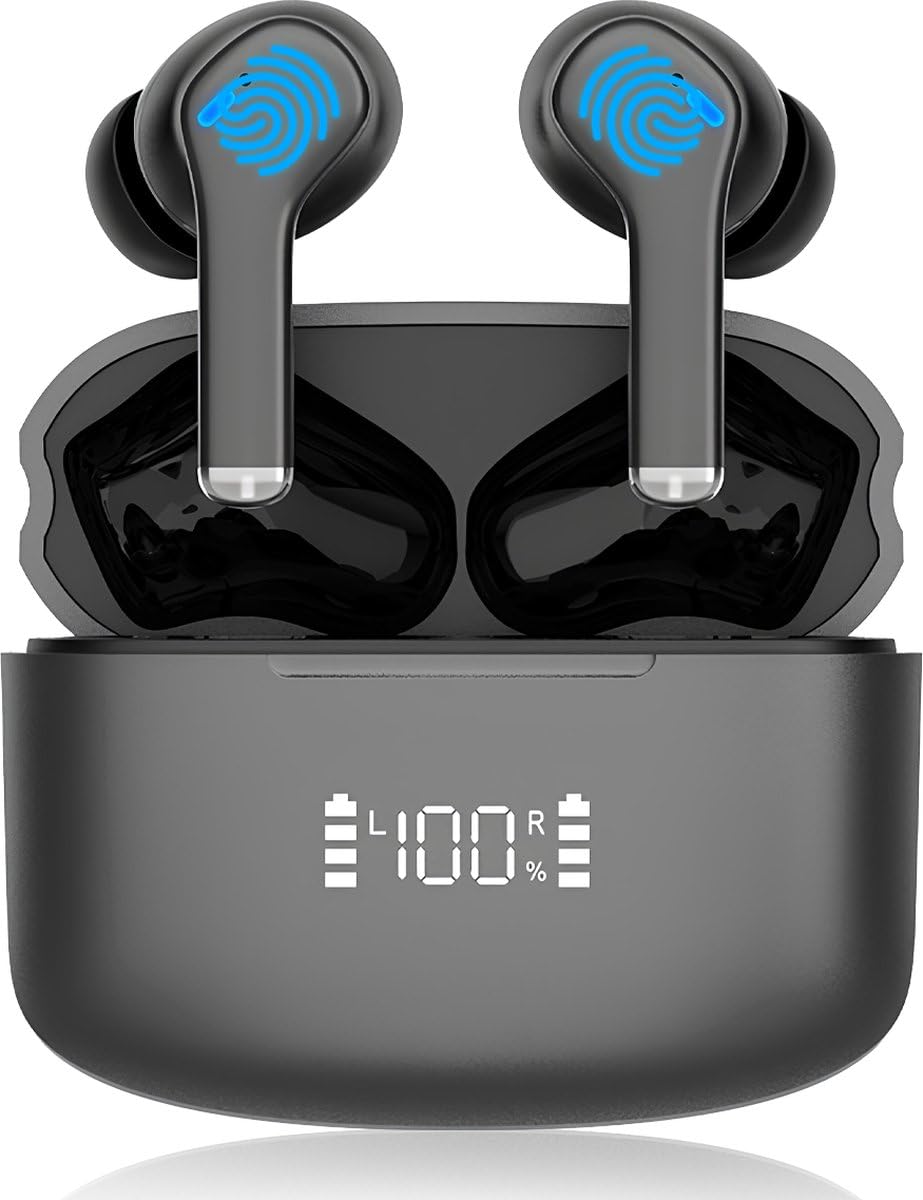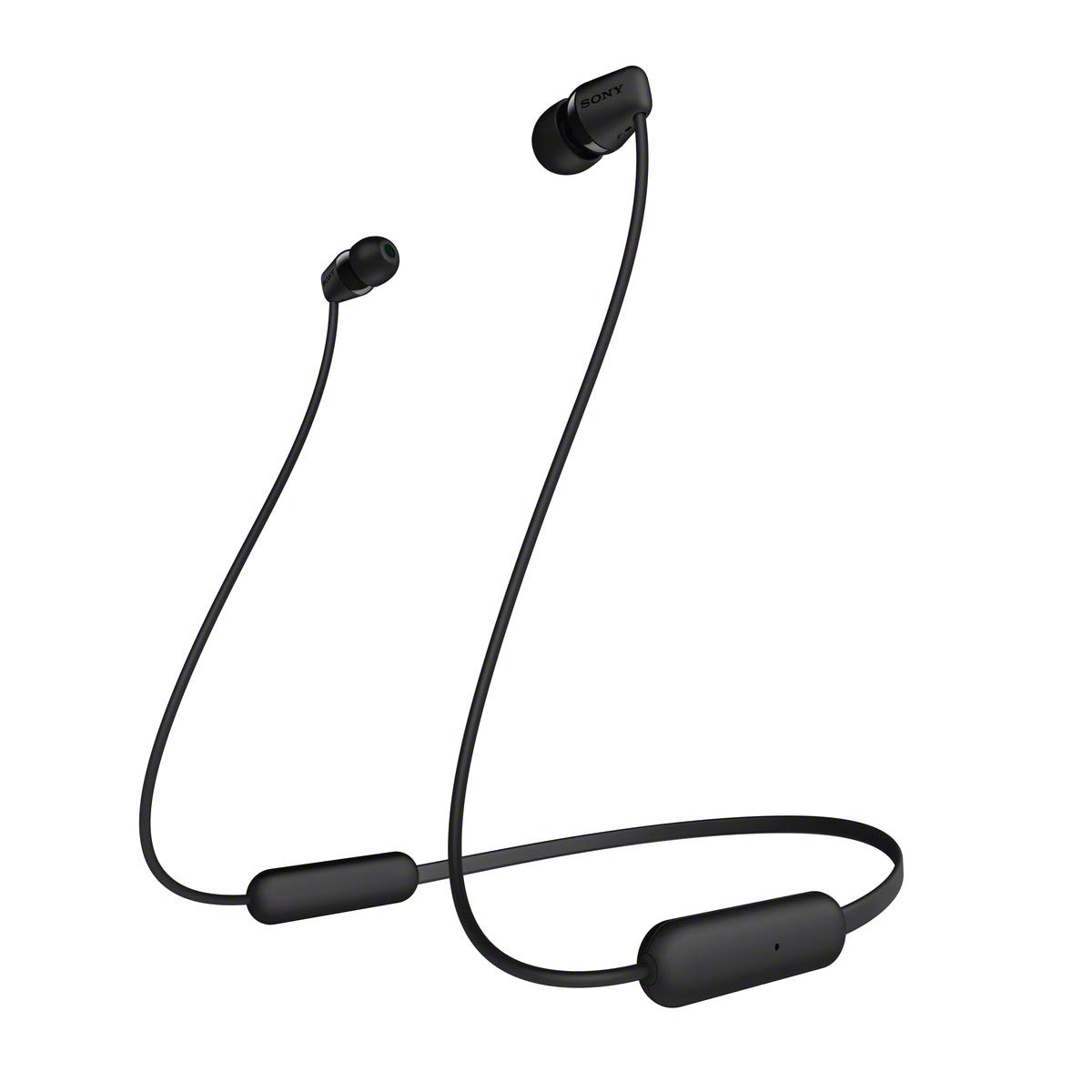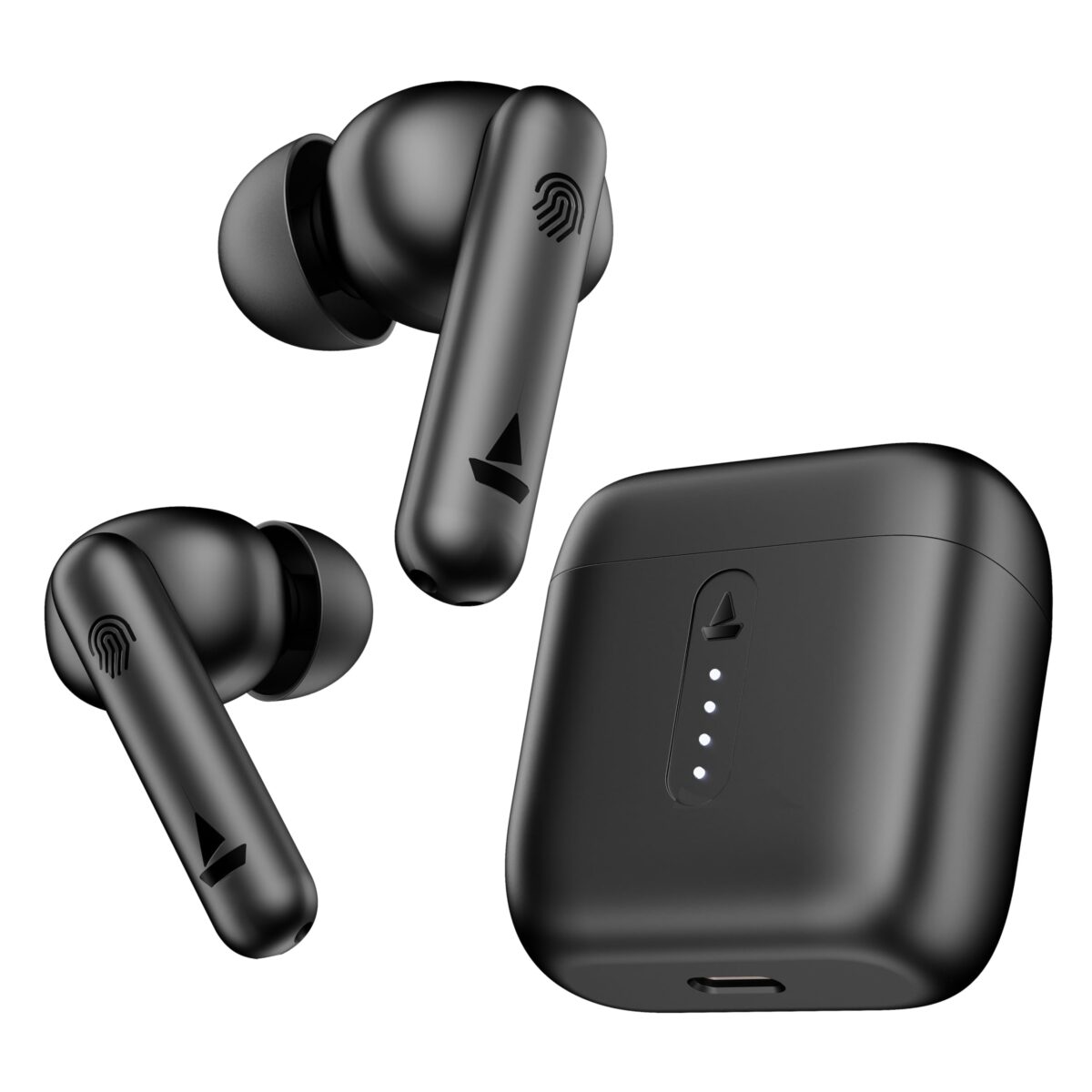Soundcore V40i Open-Ear Headphones Review
We independently review everything we recommend. When you buy through our links, we may earn a commission which is paid directly to our Australia-based writers, editors, and support staff. Thank you for your support!
soundcore V40i by Anker, Open-Ear Headphones, Crystal-Clear Design, Lidless Case, 4 Adjustable Positions for Every Ear Size, Richer Bass, IP55, 21H Playtime, AI Clear Calls, Bluetooth 5.4, App Control












